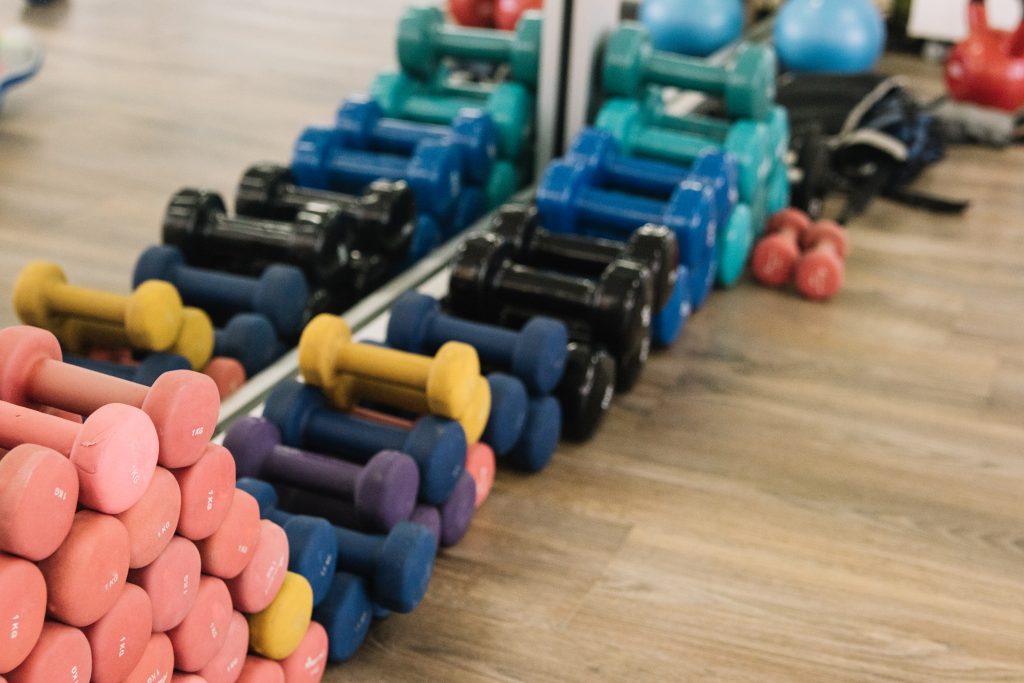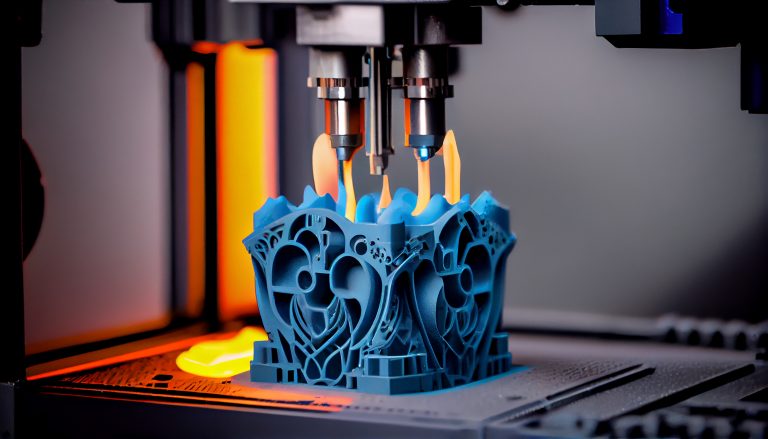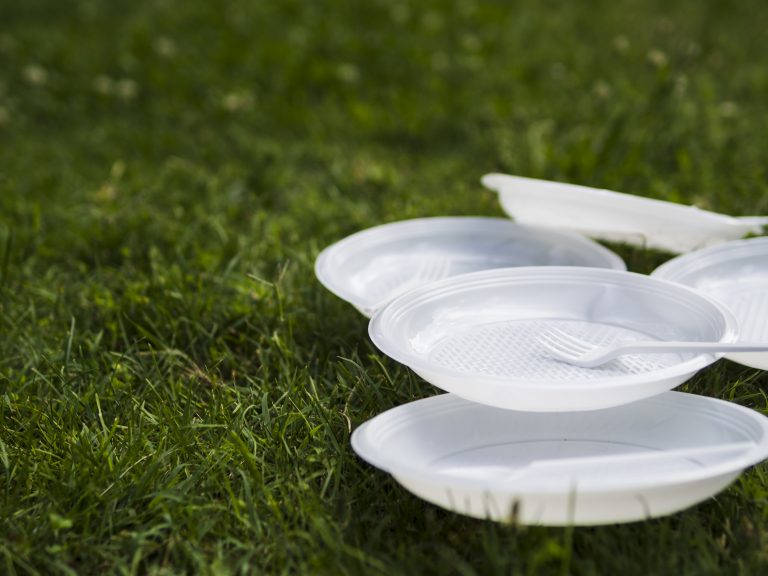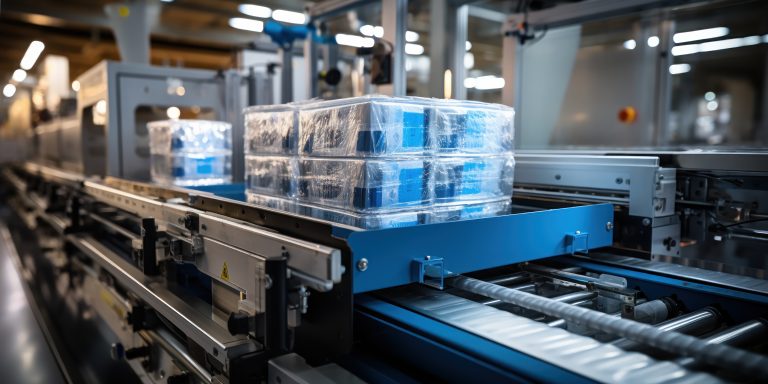The sports and leisure industry is as diverse as it is lucrative, with a huge range of athletic activities pursued at grass roots, regional, national and international levels all around the world. From kicking a ball about in the street to running million-dollar teams and organisations, the need to have suitable kit, clothing and equipment is ubiquitous. Plastic moulding is fast becoming just as ubiquitous within the sector, thanks to its flexibility and durable results.
Why choose plastic moulding for your sports equipment?
As well as its impressive durability, plastic moulding can create both mass-market products and customised items in as large or small quantity as the customer needs. This is very important when it comes to team branding and matching up colours, patterns and sponsors’ logos. A wide choice of plastics offers even more versatility in terms of rigidity versus flexibility, a choice of weights and products that can be used once, or many, many times over, depending on the type of item being made and what it is needed for.
The process is cost-effective and can produce results fast – essential for the fast-changing sector that relies on being up-to-date with trends, teams and league tables. Just think about how many people clamour after the latest season’s football strip or basketball jersey. CAD can keep pace with trends in design and produce items that are fit for purpose and highly sought-after. It can also offer protective properties for, e.g. sports helmets, mouth guards, knee pads and more. Plastic is easy to clean, difficult to break and effective when poured into a mould to create exactly what you need.
What are some of the most common plastic moulding applications in sport?
The different applications can be broken down into categories, such as protective wear, team branding, sports and leisure equipment and more. The process is ideal for making robust, effective helmets for sports such as hockey, horse riding and cycling. It can make protective padding for rugby players, cricketers and others. Plastic moulding can also be used to produce balls of all sizes, from golf and table tennis to basketball and football.
Plastic is a great material for balls and sports equipment. It is lightweight, delivers excellent responsiveness, is waterproof and can withstand repeated impacts from boots, bats, racquets and hands. Other sports and leisure kit made by plastic moulding includes referee whistles, golf tees, goal nets, corner flags, water bottles, camping gear, motor racing vehicle components and more. For children’s sports kit and equipment, safety and durability are even more important. Plastic moulding can produce kit that conforms to all safety standards. It helps keep growing bodies safe from harm without getting in the way of young participants’ enjoyment and progression in their chosen sport.
Plastic moulding and sports and leisure clothing
The uses for plastic moulding in sports and leisure continues with clothing and footwear choices. The process is used to make football, rugby and other types of sports kits and jerseys. Football boots and studs are also common manufactured via plastic moulding. As the science around trainers and running footwear becomes more and more sophisticated, so the demand for materials that are both light in weight and supportive to the feet increases. Plastics play a key role in the outer parts of footwear, as well as linings that wick away moisture or keep the feet cooler and more cushioned. Plastic is also great at repelling water and withstanding the impact of feet hitting the ground, trail or pitch over and over again.
Water and winter sports and plastic moulding
Water sports and winter pursuits are other areas that rely on plastic moulding. Participants rely on having durable, tough kit to ensure their safety. Plastic can produce sleek, streamlined kit that cuts through the water, adding speed and finesse to an athlete’s performance. Plastics are commonly found on yachts, canoes, kayaks, surfboards and more.
Similarly, winter sports are often fast and unforgiving. So, plastic is vital to keep sportspeople safe and help them increase their speed and accuracy. Sports like toboggan, bobsleigh, skiing and snowboarding rely on plastic moulding techniques to produce the very best possible kit and protective clothing, helmets and pads for knees, elbows, feet etc.








